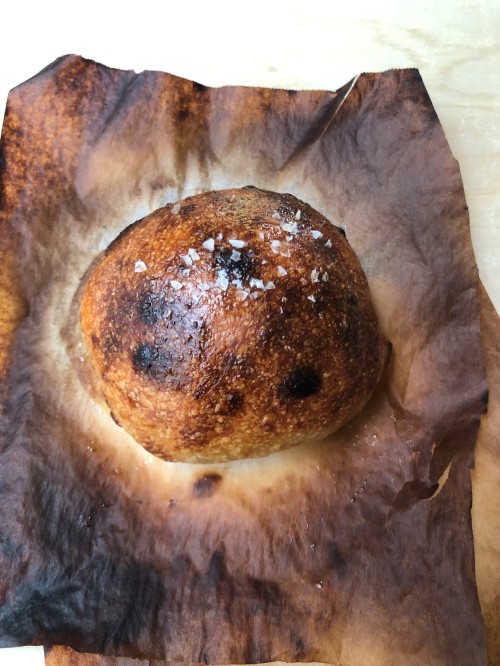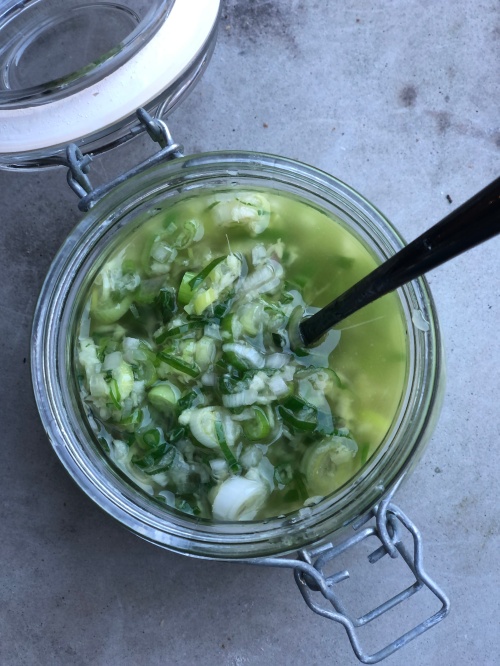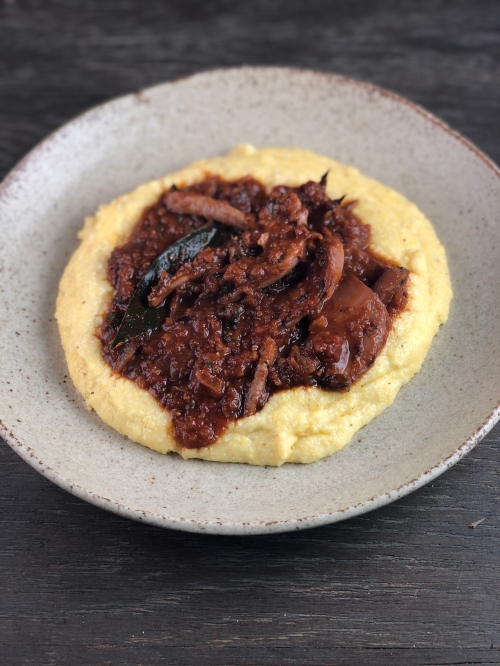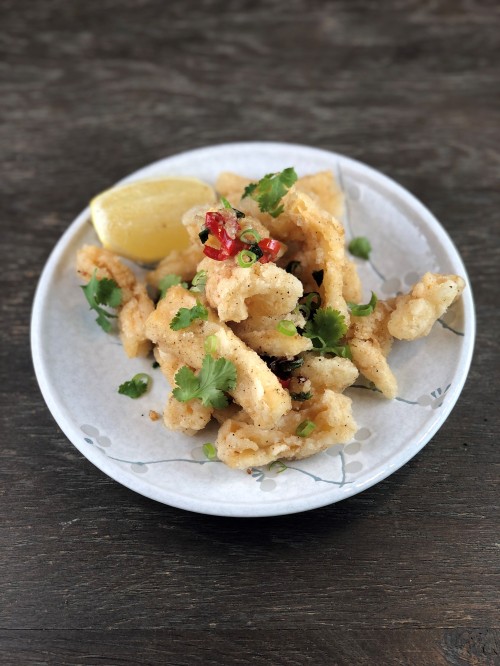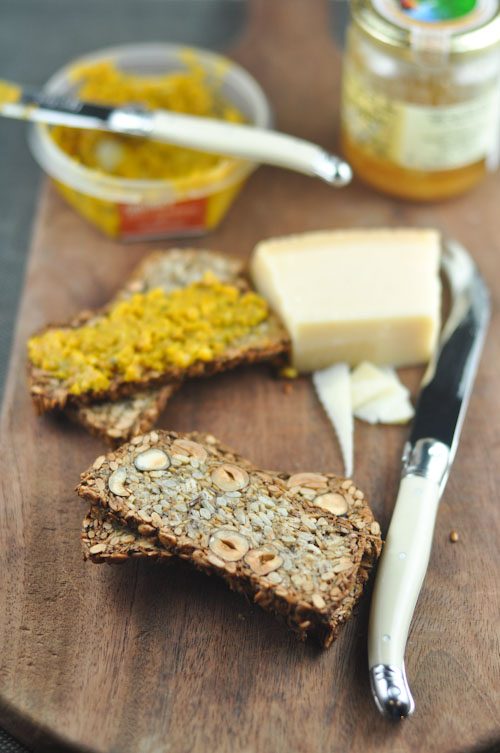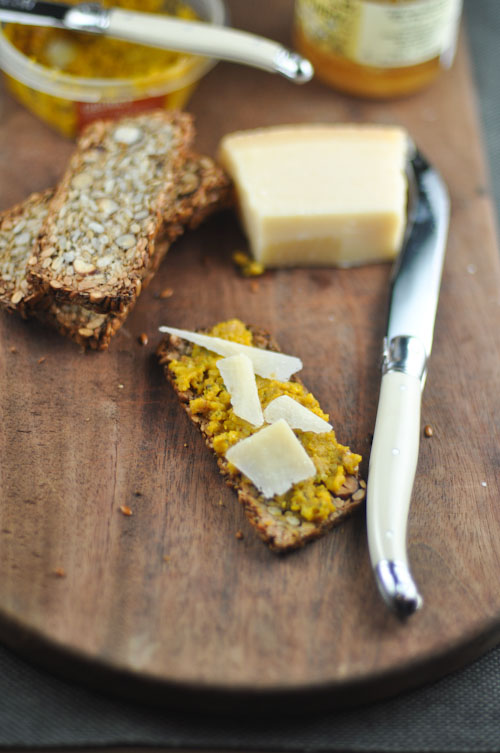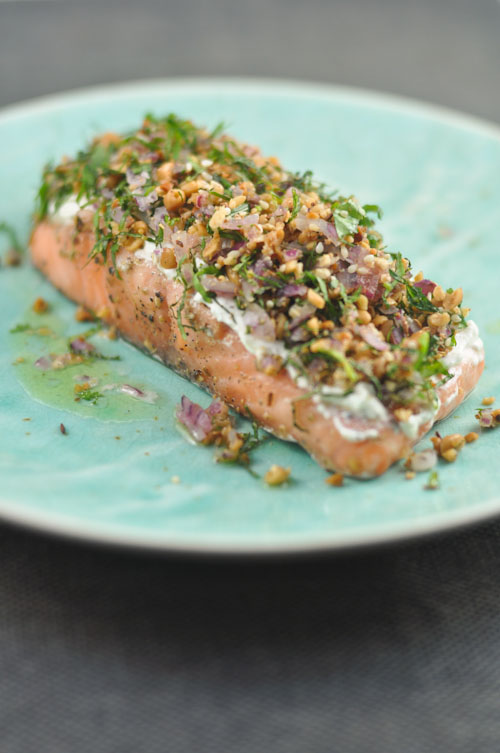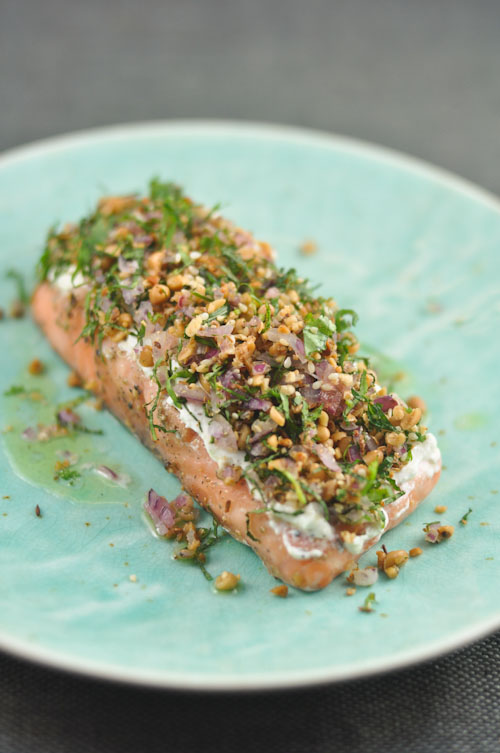
For 14 years Baci was a source of joy, companionship and comfort to me and my husband. We had always grown up with dogs in our family but as loved as they were, Baci was the first dog that I invested so much love and time with.
When we first went to the breeder to choose a puppy from the litter I knew immediately she was the one. She was exactly what I wanted in a Labrador. Light yellow, almost to the point of being white, a large face and stock body. I insisted that the breeder paint her toes pink so when we picked her up two weeks later we could easily identify her.
Baci and I went through a lot together. I remember the first night she came home. We let her sleep in the laundry room and did not hear a peep from her the whole night. I thought I was so lucky to have such a brave puppy to sleep through the night without any barking or crying!
I remember the hours spent toilet training where I would take her out to the garden and we would have a stare off that lasted what felt like hours until she did her business and she could come back in.
I remember the first time she got sick and we had to take her to the emergency vet hospital. The doctor has said something along the line of “Well, we don’t know what is wrong with her and we will have to do some checks. The X-ray will cost $200 and the ultrasound will set you back $500 and she will have to stay here overnight so that’s another $250”. My husband said “Okay if that’s the case, can we just stay with her in the room?” The doctor said that there wasn’t a room, and that Baci would stay in a cage that night. Imagine $250 to sleep in a cage?! We learned our lesson and got pet insurance after that.
I remember training her all sorts of tricks – not only did she learn how to shake hands or play dead, she learned how to “bow”, how to raise both her paws in the air (her cue was say “amen”), how to dance and my personal favourite, how to press the button for the stop light.
I remember when we got Bizou our second Labrador and how they used to play by chasing each other around the lounge room. I remember when we got our other Labrador, Pash – how irritated Baci used to get with her but then eventually accepted her as a younger sister to mentor.
I remember when my husband and I used to argue who she loved more. We played this game where we made Baci stand in the middle of us and we would stand on opposite sides and call out to her at the same time. It was always a source of bragging rights when she went to either one of us.
I remember all the long walks we had, how we taught her how to swim, how she used to jump on the bed and how she would follow me around the house waiting for me to give her a pat or a quick hug
A few weeks ago Baci started losing her appetite. It happened very gradually but it was noticeable given she was a Labrador. At first we thought it was because of her old age she was bored with eating the kibbles we gave her. So we started feeding her chicken and vegetables. When she refused that we moved on to other things – from canned fish, raw meat, premium dog food etc. She’d try to make an effort to eat but had become really picky with her food. About two weeks ago she pretty much refused to eat anything. So we had a blood test done. Turns out that Baci had severe kidney failure which was causing her to lose her appetite. The doctor told me that it was likely she had only a couple of days, weeks at most. “Try to get her to eat anything, whatever she wants to eat, even ice cream”, I was advised. Sometimes she’d eat a bite or two of liver treats and occasionally some sliced cheese but for the most part she just drank water. It was heart breaking to see her eat so little. But Baci was a trouper. She was still alert and loved to go on her daily walks.
I asked her doctor how would I know when it was time for Baci to go. She said “well, you need to speak to her and tell her that she doesn’t need to hang on and if she is ready to go to give you a sign”. I admit I thought that was weird and there was no way I was going to start talking to my dog like that.
On the 31st of January we decided to get Baci on a drip to hopefully clear out the toxins in her body and make her feel better. When we got home I tried to get her to eat more liver treats but even those she refused to eat. In desperation I reached for some of the Sourdough Ice Cream I had made a few days before. At last, she started eating! I was so happy to see her finally eating something/anything (!) after four days.
At the back of my mind I knew that sooner or later I would have to make a decision about when to put her down. Making a decision that is literally about life and death is traumatic and never easy. I knew I didn’t want Baci to suffer and as long as she was walking, alert and wagging her tail, I wanted to spend as much time as I could with her.
Unfortunately, that night things took a turn for the worst. Baci started shivering and started to lose control of her legs. We had to carry her up to the room and you could tell she had a hard time breathing. That night she left our room to drink some water in the courtyard then threw up and could not get up to go back to the room. I cleaned her up and sat down beside her. I whispered to her “Baci, if you are ready to go, don’t worry about us. Thank you for the 14 years of joy and love”.
That morning I called the vet.
My husband and I were with her as she peacefully went.
When I think of all the effort involved in taking care of a dog, it’s a little bit like making sourdough ice cream. It is truly a labour of love. My journey in making this started with me learning how to make a sourdough starter, then how to make sourdough bread culminating in my learning to make my own ice cream. It was an evolution that went over two years but very much worth the effort. I’m not a big ice cream eater but this is addictive – how could it not be when it’s got bits of caramelised sourdough enveloped by a creamy vanilla ice cream base. You can even save some sourdough crumbs and serve it on the side for extra crunch.
Having said that, to make life easier you can easily buy your own load of sourdough and just proceed with the ice cream recipe as written here.
When I look back on my life with Baci, I can honestly say I have no regrets. I want to tell everyone of all the wonderful times we had together but 14 years is a long time and while I can’t remember everything, I feel fortunate to say that there is no doubt in my mind that I could not have cared for her any more than I did, that we have a great life together and that she was loved so much until the very end.

Sourdough Ice Cream
Serves 8
-
- 150 grams Sourdough Crumbs
- 300 ml cream
- 170 ml milk
- 60 grams sugar
- 3 egg yolks
- 1 teaspoon vanilla paste (best quality you can find)
- 1/4 teaspoon maldon salt flakes
- Heat the milk and cream in a sauce pan until the sides start to come to a boil. At the same time whisk the egg yolks and sugar until thick and pale.
- Pour a third of the cream/milk into the egg yolks then give it a good stir. Pour the egg/cream/milk mixture back in to the sauce pan and heat until the mixture reaches 76c. Immediately strain in to a container and add the sourdough crumbs. Place this over another container filled with ice water to cool down quickly. When cool, transfer the custard to the refrigerator and allow to rest at least four hours or until you are ready to make the ice cream.
- Churn the ice cream following the manufacturers instructions (I churned mine for around 35 minutes) and immediately place in the freezer until ready to serve.
- Serve with the extra Sourdough crumbs.
Sourdough Crumbs
Makes enough for two batches of ice cream – Recipe from David Lebovitz
-
- 250 grams old Sourdough Bread
- 45 grams butter
- 100 grams sugar
- 1/4 teaspoon Maldon salt flakes
- Pre heat the oven to 180c. Tear the Sourdough in to 2 cm pieces and place in a food processor and process until you get fine breadcrumbs.
- Melt the butter until and continue to cook until the butter is browned and smells nutty. Take care not to burn the butter. When the butter starts to foam, add the breadcrumbs, sugar and salt and immediately take it off the heat. Stir the mixture to combine.
- Please the crumbs in a baking tray lined with wax paper and bake for 25 to 30 minutes until dark brown. Stir often to keep from burning.
- When done, allow to cool and store in an airtight container.


